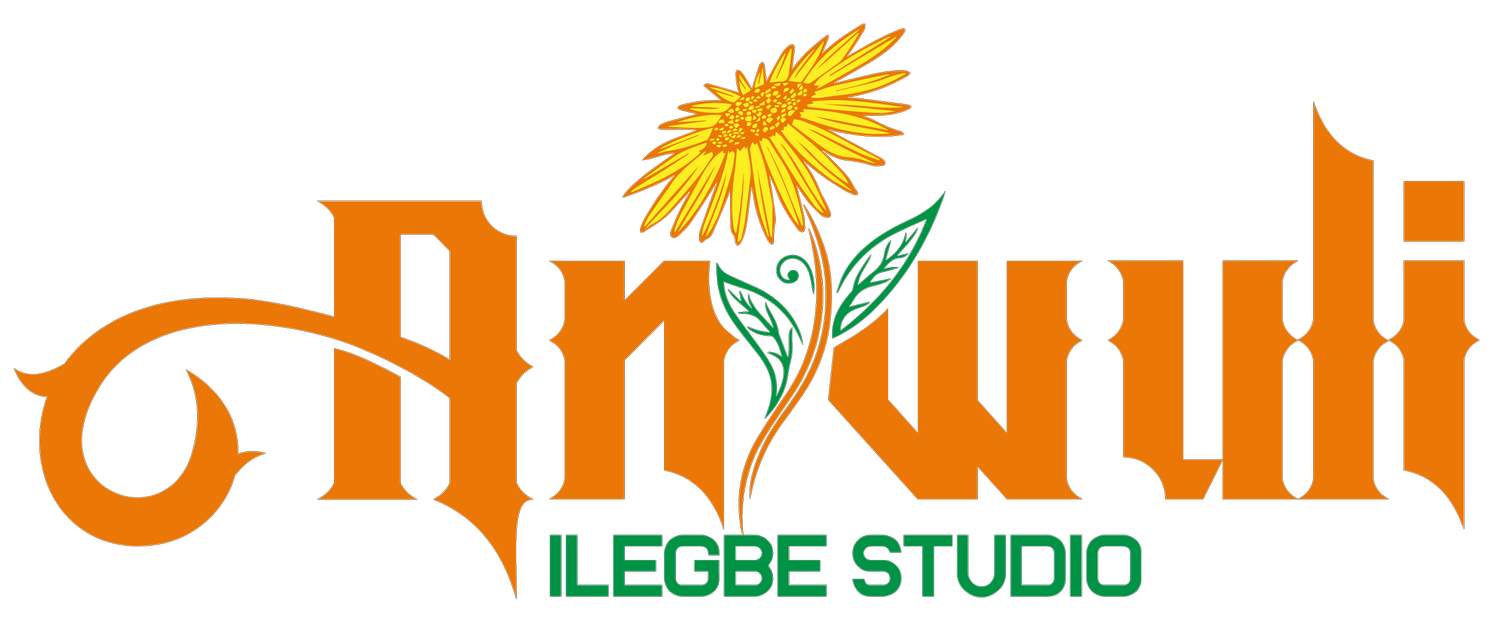Difference between Gyrotonic and Pilates
What is Gyrotonic?
Gyrotonic is a unique movement method that incorporates elements of dance, swimming, yoga, and tai chi. It focuses on fluid, circular movements that aim to increase flexibility, strength, and coordination.
Central to Gyrotonic is the Gyrotonic Expansion System, which consists of specialized equipment designed to support the body in various movement patterns. These movements are continuous and seek to mobilize and articulate the spine and joints.
In Gyrotonic exercises, the emphasis is on flowing movements that work through natural ranges of motion, promoting a sense of length and space in the body. This holistic approach aims to enhance overall well-being and body awareness.
Gyrotonic exercises are tailored to individual needs and abilities, making them suitable for people of all ages and fitness levels. The method is often praised for its rehabilitative benefits and its ability to address specific physical limitations.
One of the distinguishing factors of Gyrotonic is its focus on three-dimensional, circular movements that engage multiple muscle groups simultaneously. These motions are designed to improve strength, coordination, and balance.
What is Pilates?
Pilates is a physical fitness system developed by Joseph Pilates in the early 20th century. It emphasizes core strength, flexibility, and body awareness to support efficient, graceful movement.
The foundation of Pilates lies in its principles, including concentration, control, centering, flow, precision, and breathing. These principles guide the exercises to create a balanced body and mind connection.
Pilates exercises can be performed on a mat or using specialized equipment such as the Reformer, Cadillac, or Pilates chair. The equipment provides varying levels of resistance to challenge different muscle groups.
Pilates is known for its focus on the powerhouse, which refers to the core muscles of the body, including the abdomen, lower back, and glutes. Strengthening these muscles is key to achieving stability and proper alignment.
Unlike Gyrotonic, Pilates exercises often involve linear movements that target specific muscle groups with controlled precision. This method aims to improve overall strength, flexibility, and posture through systematic practice.
Origins and History
Gyrotonic was created by Juliu Horvath, a former ballet dancer. He developed the method as a way to heal his own injuries and improve his strength and flexibility. Gyrotonic has since evolved into a widely recognized movement practice.
On the other hand, Pilates was founded by Joseph Pilates, a German physical trainer. He devised the system during World War I to help rehabilitate wounded soldiers. The method gained popularity in the dance and fitness community.
Both Gyrotonic and Pilates have roots in the dance world and were initially used to complement dance training. Over the years, they have been adapted and embraced by a broader audience seeking physical fitness and holistic well-being.
The rich history of Gyrotonic and Pilates has contributed to their effectiveness in improving posture, mobility, and overall body function. These methods continue to attract individuals looking for mindful movement practices with therapeutic benefits.
Principles and Focus
Gyrotonic's key principles revolve around coordination, fluidity, and breath. Practitioners are encouraged to move harmoniously with their breath, creating a sense of rhythm and flow in their movements.
In contrast, Pilates places a strong emphasis on precision, control, and stability. Practitioners focus on executing each movement with correct alignment and muscle engagement to develop strength and control.
Both Gyrotonic and Pilates aim to enhance body awareness and mindfulness through movement. Whether through the circular motions of Gyrotonic or the controlled sequences of Pilates, the focus on mind-body connection is paramount.
Practicing Gyrotonic or Pilates regularly can lead to improved posture, increased flexibility, and a stronger core. These methods offer a comprehensive approach to physical fitness, catering to different movement preferences and goals.
While Gyrotonic encourages exploration of multi-dimensional movements, Pilates promotes meticulous alignment and muscle engagement. Each method contributes uniquely to the development of a balanced and functional body.
Equipment and Exercises
Gyrotonic exercises are typically performed on specialized equipment such as the Pulley Tower, Gyrotoner, and Jumping Stretch Board. These devices offer adjustable settings to accommodate a wide range of movement possibilities.
The equipment used in Gyrotonic sessions supports the body in various planes of motion, allowing for smooth, continuous movements that promote strength, flexibility, and coordination. Each piece of equipment offers unique challenges and benefits.
On the other hand, Pilates routines can involve mat-based exercises or the use of equipment like the Reformer, which utilizes spring resistance to target specific muscle groups. The Reformer provides a platform for diverse exercises that challenge different aspects of physical fitness.
Pilates equipment, such as the Cadillac or Chair, offers versatility in creating resistance and assisting with movement patterns. These apparatuses are designed to support the body in achieving proper alignment and muscle engagement during exercises.
Ultimately, both Gyrotonic and Pilates equipment play a vital role in enhancing the effectiveness of the exercises by providing varying levels of resistance, support, and feedback. The equipment aids in refining movement quality and promoting overall physical well-being.


